Best Late Summer And Early Fall Cover Crops
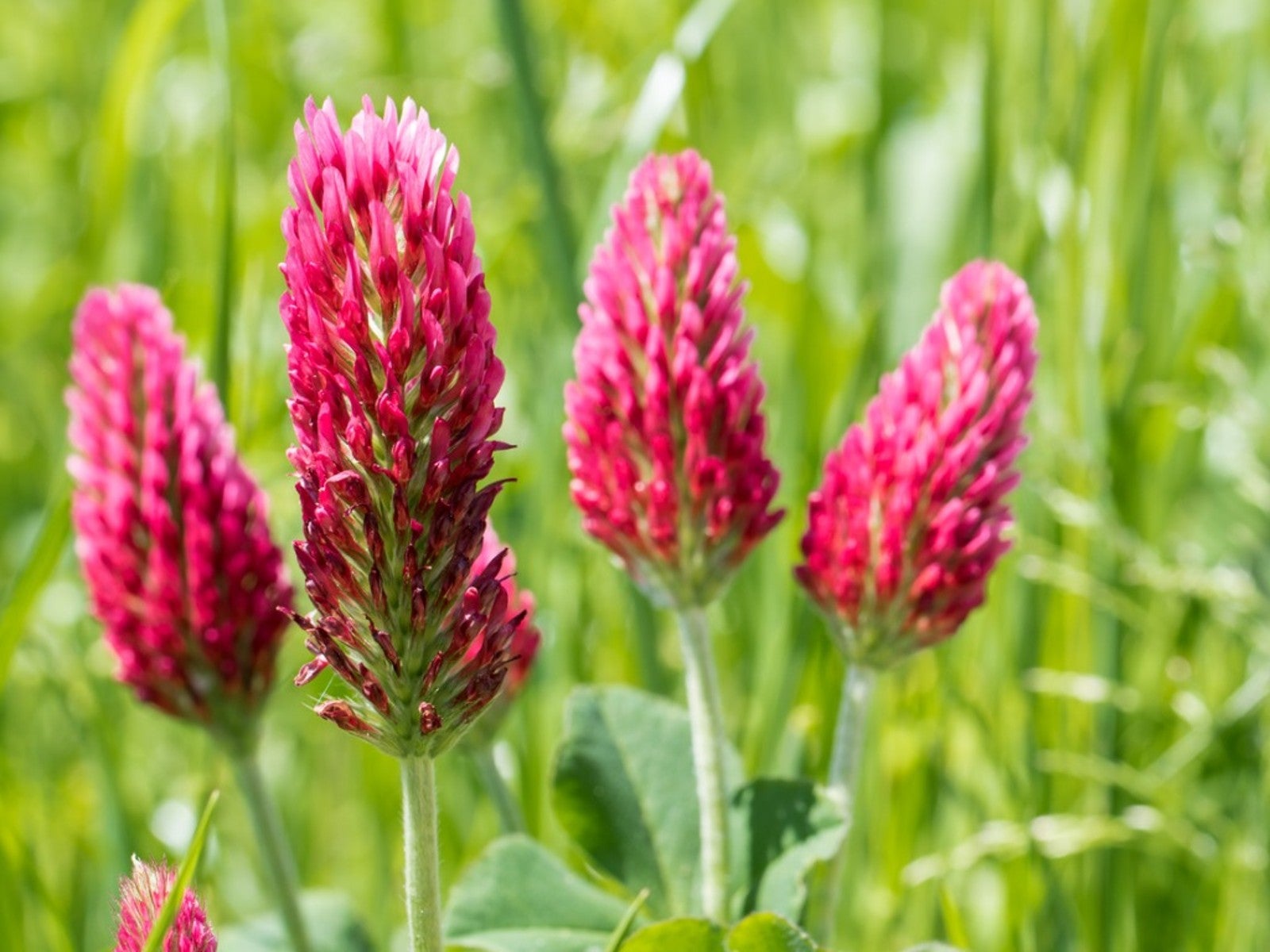

As the growing season winds down, it’s a great time to protect and recondition soil. Planting certain types of cover crops can provide extra nutrients, improve tilth, and prevent erosion due to inclement weather. Late summer cover crops are easy to start and can help fix nitrogen in soil and reduce compaction. In some cases, their late blooms will also provide nectar for pollinating insects.
The end of the harvest season signals the beginning of soil protection. As our harvests are finishing, the vegetable garden should be tidied and rejuvenated for the following season. Summer cover crops started in August take advantage of the warm weather for quick germination and establishment. Legumes and grains are the top choices for cover crops, with each having distinct benefits.
Grains vs Legumes
Some cover crops are best sown in spring, such as Dutch clover. It is used to cover and improve soil prior to planting vegetables. Other crops need heat to grow and may be sown in August.
Grains have the ability to enhance organic matter in soil and increase porosity when tilled into the earth, while increasing carbon. Planting a grain crop enhances biodiversity and contributes to crop rotation schedules. In areas where the crop is grazed, the animal's manure also adds nutrients to the soil. Legumes harness nitrogen from the air through a symbiotic relationship with soil dwelling bacteria. This in turn is returned to the soil in a process called nitrogen fixing. The nitrogen is stored in the soil for the next season's cash crops. There are both grain and legume crops for summer, but the general rule is to plant grain or vegetable crops followed by legumes.
Summer Grain Crops
The additional carbon released from decomposing grain crops is a perfect partner for the nitrogen reaped from a legume crop. A summer buckwheat cover crop will provide a thick weed-proof stand in just a few weeks. It is a classic cover crop for short period use. Other grains like oats are also useful in weed suppression and soil stabilization.
Some grain crops can survive winter and are tilled in the spring before they set seed. Annual ryegrass overwinters in many areas and keeps soil in place during winter storms. Winter wheat, sorghum, pearl millet, and rye are also good crops to plant in late summer, with the potential to overwinter.
Legume Cover Crops
Some legume crops will overwinter, such as a crimson clover cover crop. This plant will also provide beautiful red blooms that feed late season pollinators. It is tilled into soil in spring, enhancing nitrogen and tilth.
Gardening tips, videos, info and more delivered right to your inbox!
Sign up for the Gardening Know How newsletter today and receive a free copy of our e-book "How to Grow Delicious Tomatoes".
Hairy vetch is very hardy and will retain its greenery through winter. It does have the potential of becoming a nuisance and should be tilled in prior to blooming for control. Some legume cover crops are inoculated with rhizobia to enhance nitrogen gain. Combination grain and legume seed mixtures are available and provide diversity for maximum soil benefit.

Bonnie Grant is a professional landscaper with a Certification in Urban Gardening. She has been gardening and writing for 15 years. A former professional chef, she has a passion for edible landscaping.
-
 Get Ready For A Summer Of Hummers! Grow These Full Sun Hummingbird Plants and Flowers
Get Ready For A Summer Of Hummers! Grow These Full Sun Hummingbird Plants and FlowersIf you’re lucky enough to enjoy a sunny backyard, make sure you are maxing out on your pollinator opportunities and grow these full sun hummingbird plants and flowers
By Tonya Barnett
-
 12 Lush Alternatives To A Lawn For Sustainable Spaces
12 Lush Alternatives To A Lawn For Sustainable SpacesAlternatives to a lawn are beautiful and also beneficial to your local ecosystem and its pollinators. Explore our top picks for plants to replace grass.
By Tonya Barnett
-
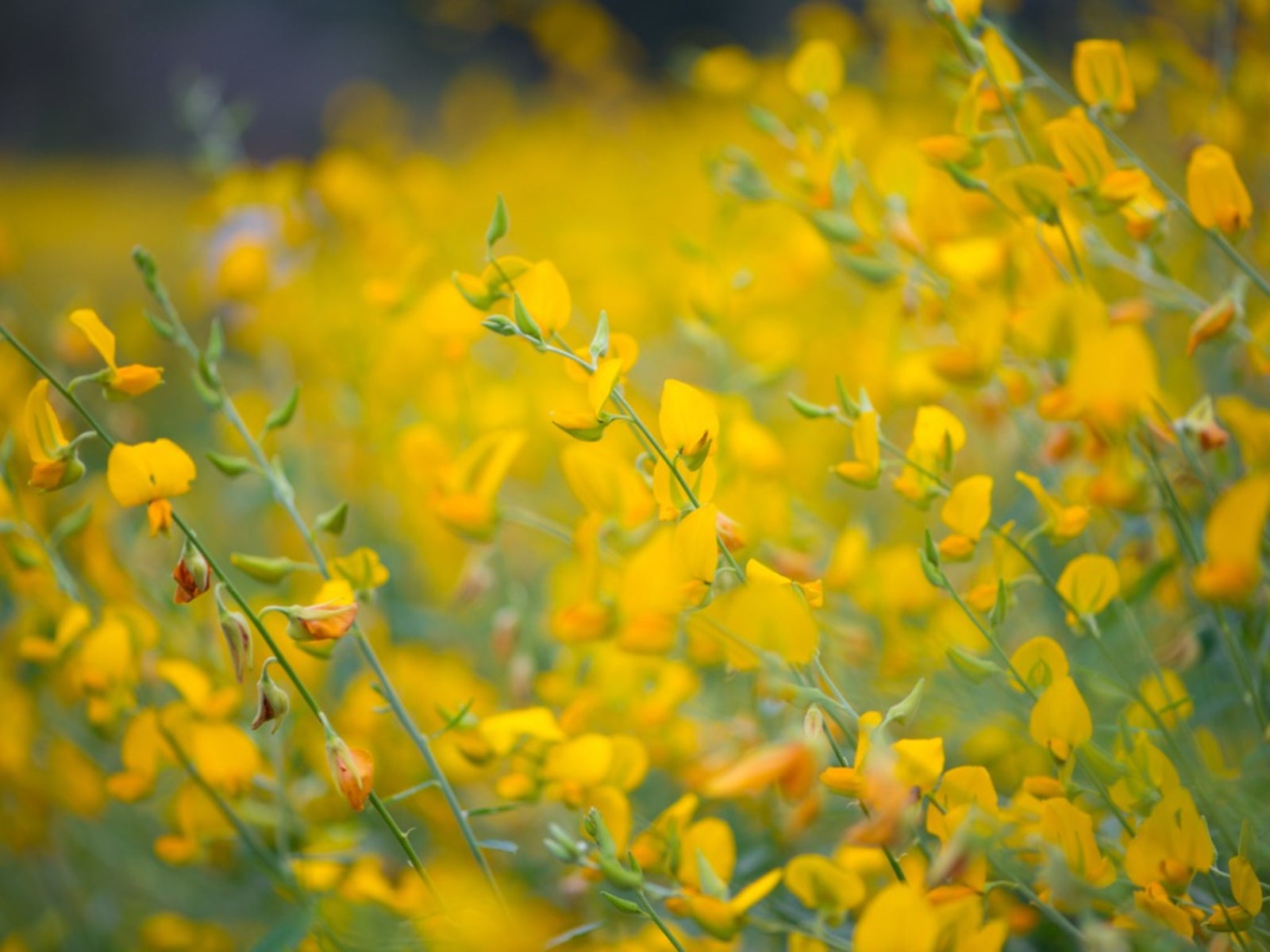 Sunn Hemp Plant Info – Learn Sunn Hemp Uses And Care
Sunn Hemp Plant Info – Learn Sunn Hemp Uses And CareSunn hemp grass is a warm weather grass. Click to learn more about Sunn hemp uses as well as helpful tips on growing Sunn hemp as a cover crop.
By Mary H. Dyer
-
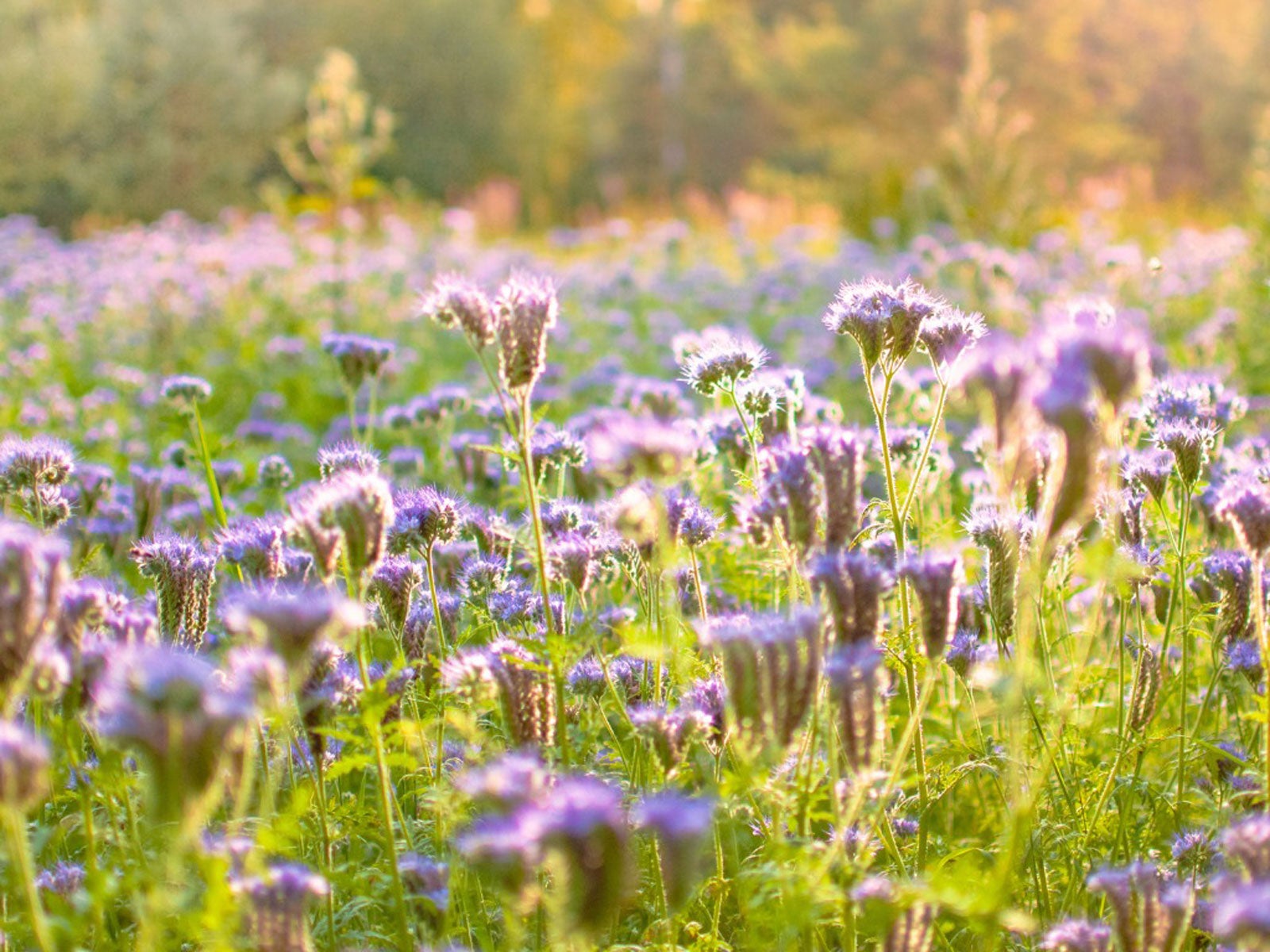 Native Cover Crops: Vegetable Cover Cropping With Native Plants
Native Cover Crops: Vegetable Cover Cropping With Native PlantsAre there any benefits to using native plants as cover crops? Click here to learn more about vegetable cover cropping with native plants.
By Laura Miller
-
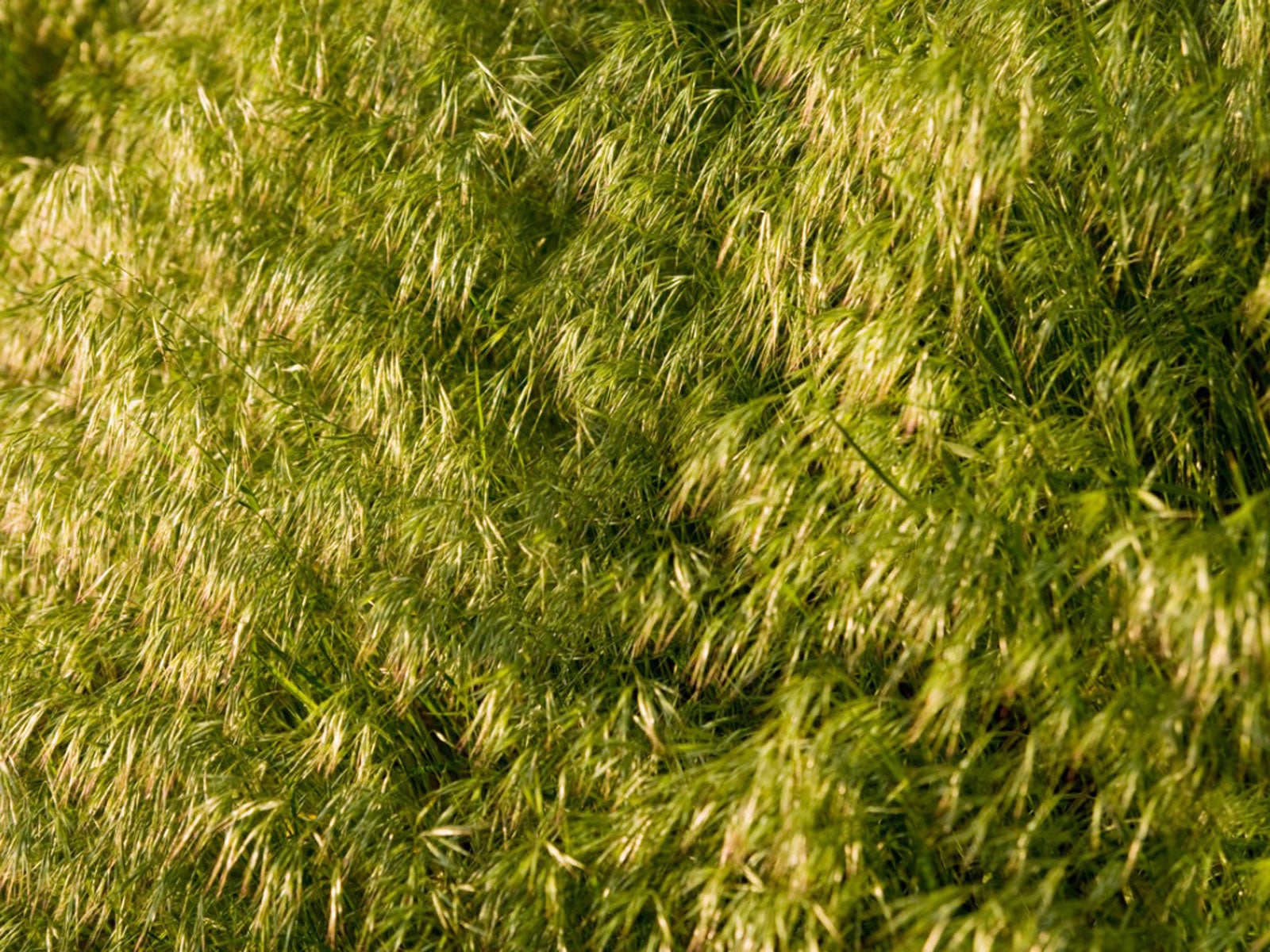 What Is Field Brome – Information About Field Brome Grass
What Is Field Brome – Information About Field Brome GrassField brome grass can be used as a cover crop to control erosion and enrich the soil. For more information, click the following article.
By Laura Miller
-
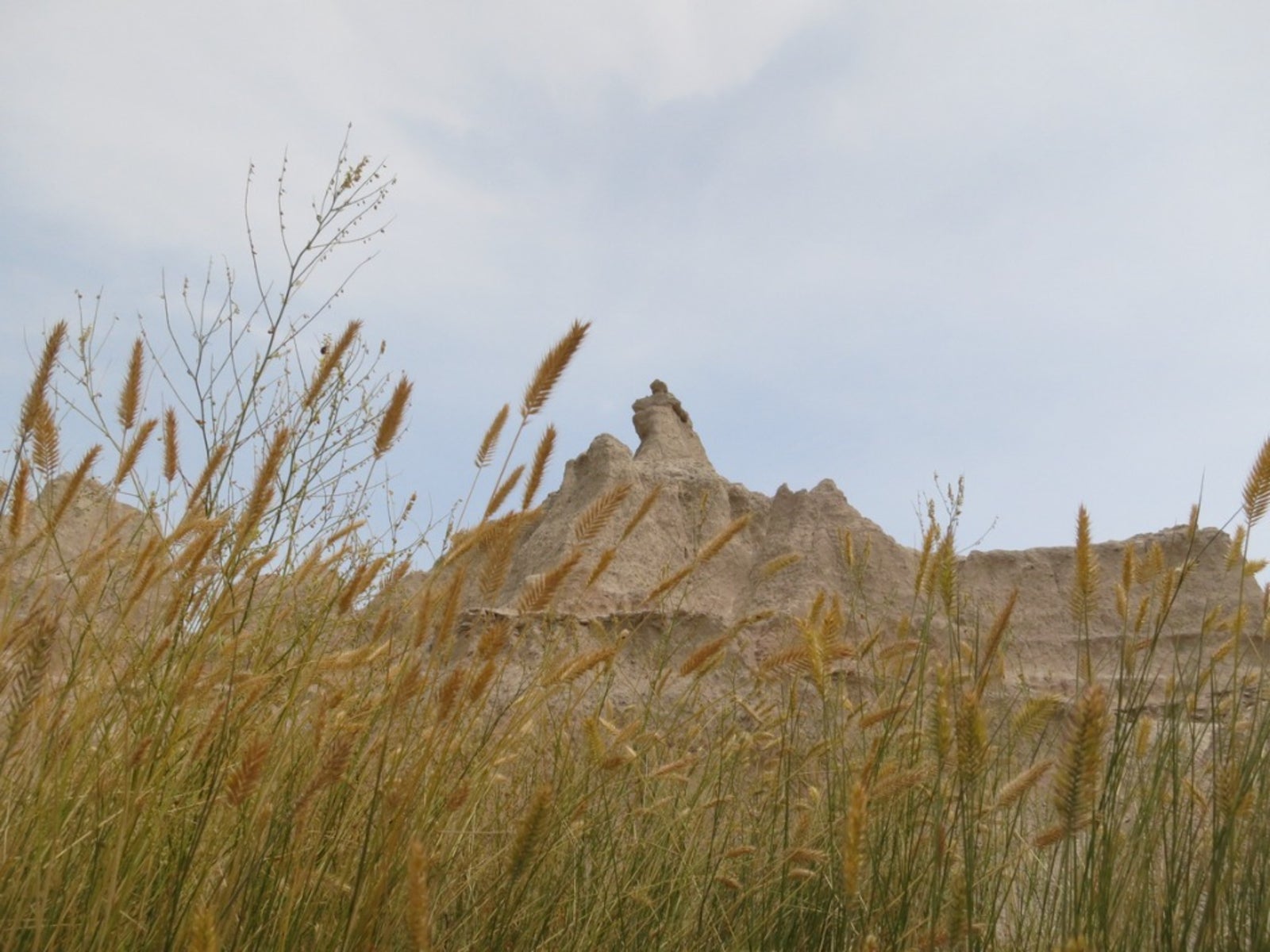 What Is Western Wheatgrass – How To Grow Western Wheatgrass
What Is Western Wheatgrass – How To Grow Western WheatgrassWheatgrass is native to North America and graces the Southwest, Great Plains and mountainous regions of the western U.S. It has some erosion control benefits but using western wheatgrass for grazing is the primary purpose. Learn more about it here.
By Bonnie L. Grant
-
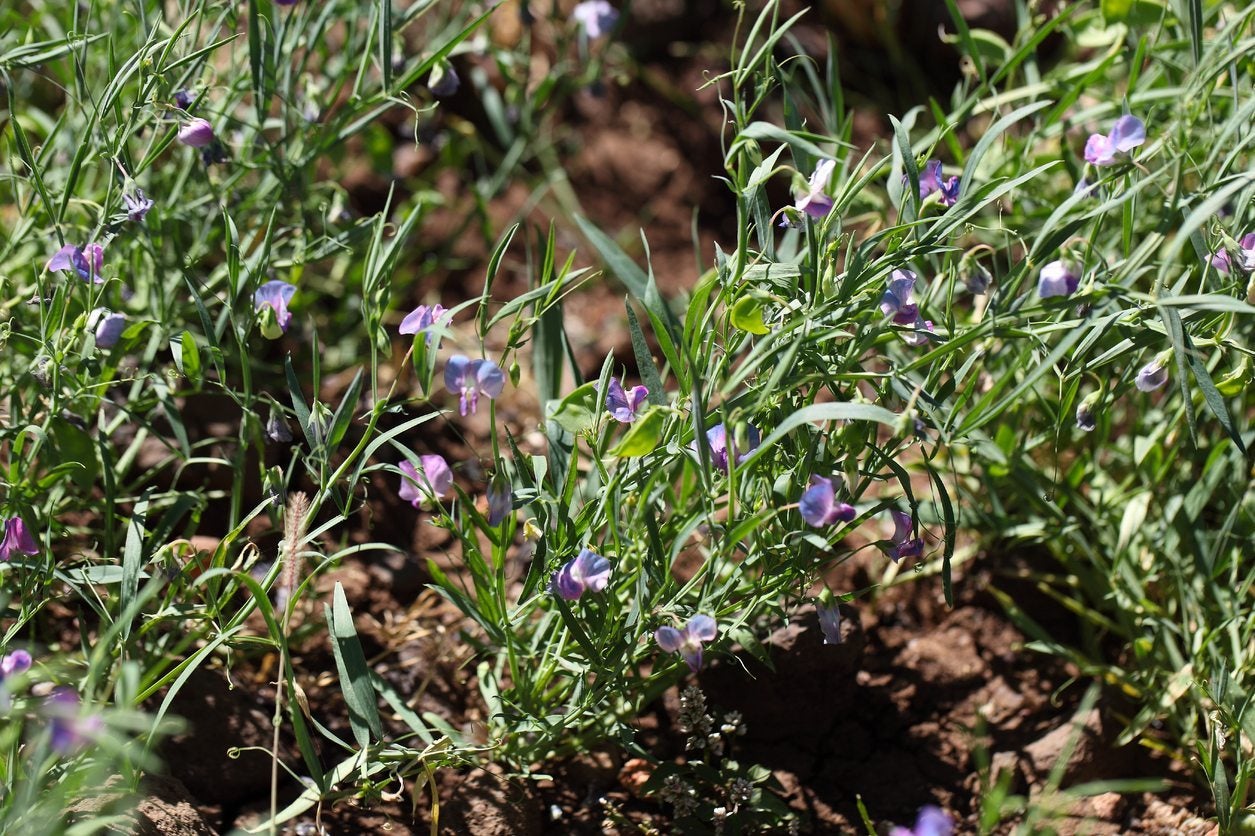 What Is Chickling Vetch – Growing Chickling Vetch For Nitrogen Fixing
What Is Chickling Vetch – Growing Chickling Vetch For Nitrogen FixingWhat is chickling vetch? Also known by various names such as grass pea, white vetch, blue sweet pea, Indian vetch, or Indian pea, chickling vetch is a nutritious legume grown to feed livestock and humans in countries around the world. Learn more about the plant here.
By Mary H. Dyer
-
Establishing Kura Clover: Learn How To Grow Kura Clover Plants
You no doubt have heard about the four-leaf clover, but few gardeners are familiar with kura clover plants. Kura is a forage legume and if you are interested in growing kura as a groundcover or establishing kura clover for some other use, this article will help.
By Teo Spengler
-
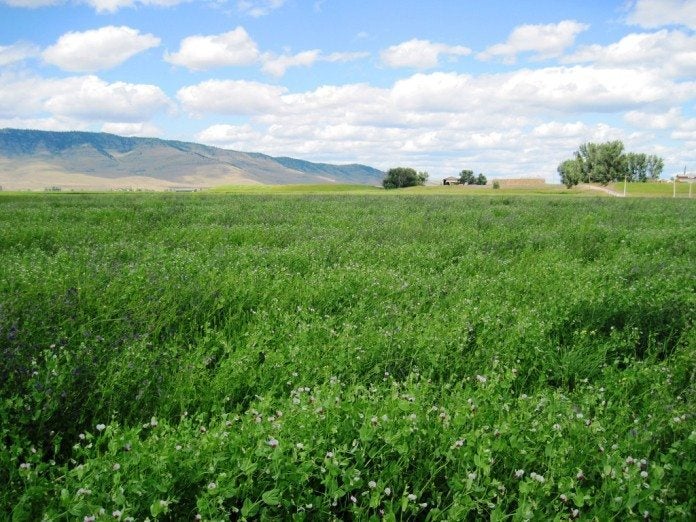 What Are Austrian Winter Peas: A Guide To Growing Austrian Winter Peas
What Are Austrian Winter Peas: A Guide To Growing Austrian Winter PeasWhat are Austrian winter peas? Also known as field peas, Austrian winter peas have been grown around the world for centuries, primarily as a valuable source of nutrition for humans and livestock. Click this article for info on growing Austrian winter peas.
By Mary H. Dyer
-
 Berseem Clover Plants: Growing Berseem Clover As A Cover Crop
Berseem Clover Plants: Growing Berseem Clover As A Cover CropBerseem clover cover crops provide excellent nitrogen in soil. The plants are also quite attractive in bloom when used as an annual groundcover. Learn how to grow berseem clover and harness all its benefits in your garden by clicking the following article.
By Bonnie L. Grant